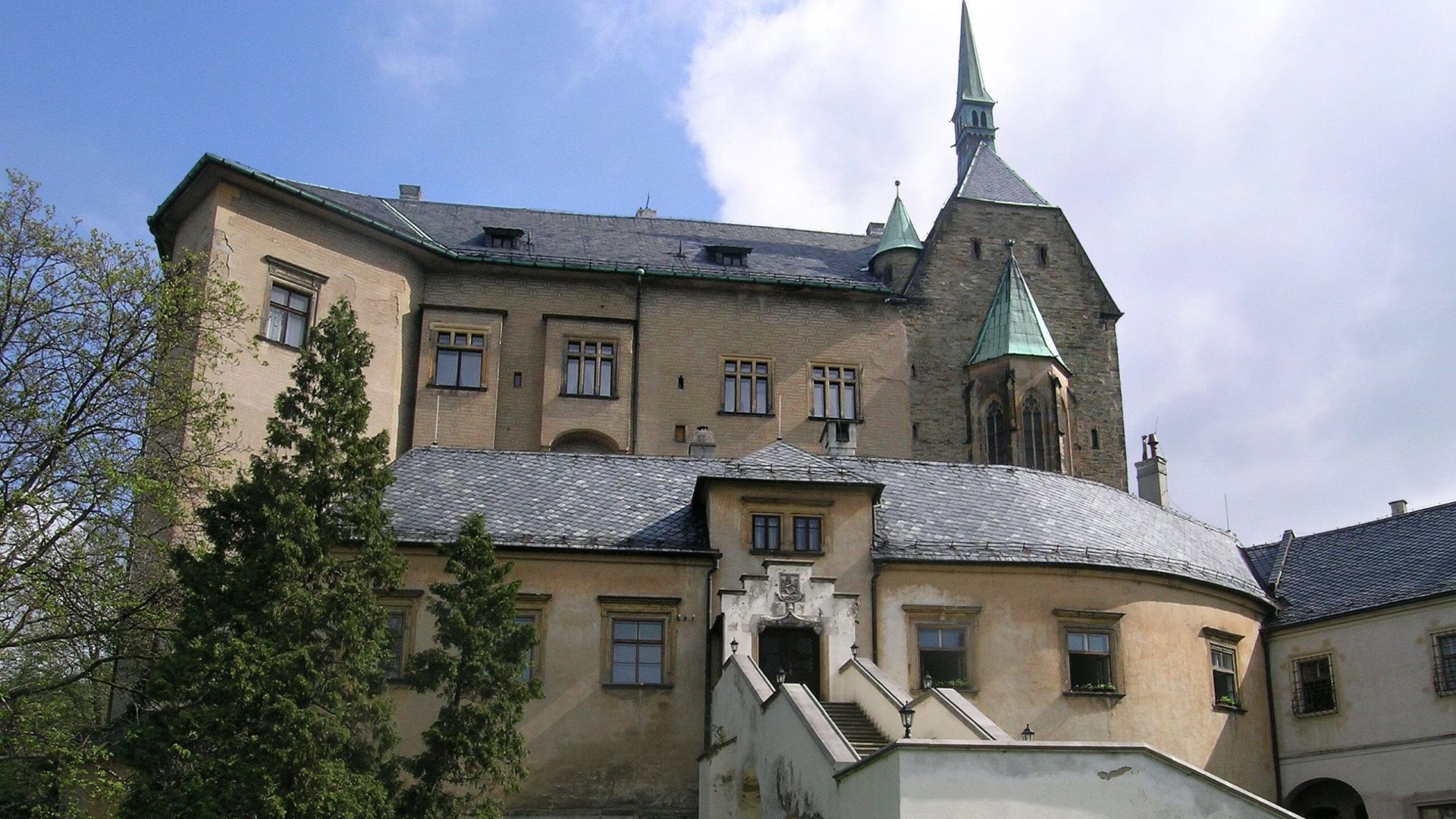Written by Andrea Huclova

Sternberk Castle
Sternberk was probably founded in the middle of the 13th century by Zdeslav of Chlumec and Sternberk. Zdeslav was member of old Czech aristocratic family. The first written record of the castle comes from a document from 1269. From the defenstive seat, the castle was rebuilt and expanded in the 1970s. Bishop Albert II. from Sternberk, a prominent church dignitary and influential diplomat, used the castle as his residence. The bishop’s attention was focused mainly on the chapel, which he had decorated in the style prevailing at the court of Charles IV. The castle is decorated from Gothic to Art Nouveau. In the 16th century, a renaissance reconstruction of the castle took place from the Berks of Duba and Lipa. After an extensive fire, the castle was rebuilt with a Renaissance wing with a dance hall. The Berks also had a system of farm and administrative buildings built in the castle grounds.The history of Sternberk Castle is directly connected with the Sternberk family and with the turbulent moments of Czech history – with the Hussite wars, with the descendants of the Czech King George of Poděbrady, with the princes of Minstrberk and with the Thirty Years’ War, during which the town and the castle suffered greatly.Around 1699 bought the seat Princ Jan Adam Ondrej of Liechtenstein. The castle remained in the possession of his family until 1945. The castle was not used and fell into disrepair for a long time. It was not until 1886 that it was decided to completely reconstruct it according to the project of the Viennese architect Karel Gandolph Kayser in the spirit of romantic historicism. A luxurious mansion was created that meets the requirements of the modern aristocrat John II., Who gradually furnished his mansion with historic furniture, paintings, furniture, sculptures, tapestries.
The castle has four tour routes. Two basic tour routes, tour of the whole castle and accompanying exhibition.First basic tour includes chapel, corridor and rooms on the first floor equipped with furniture from the last owners. The length of the tour is about 60 minutes. A visit to the reconstructed Liechtenstein cuisine is now part of the circuit. Barrier-free access – the possibility of visiting wheelchair users.Second basic tour includes a tour of the second-floor rooms, such as the Ladies’ Lounge, the Hunting Room or the Large Dining Room. The tour also includes a visit to the renovated Liechtenstein cuisine. It describes the life of the nobility from the end of the 18th to the beginning of the 20th century, ie the time when the castle was owned by the Liechtenstein family. The tour lasts about 50 minutes.tour of the whole castle the first floor has Gothic and Renaissance interiors, while the second floor features historical styles from the Baroque and Art Nouveau.
The accompanying exhibition the permanent exhibition presents 760 years of common history of today’s princely family and the Czech state in Central Moravia. Individual tour without a guide. An accompanying commentary is reproduced in the exhibition space.